12 Quiet Acts of Kindness That Show Humanity Still Has a Heartbeat

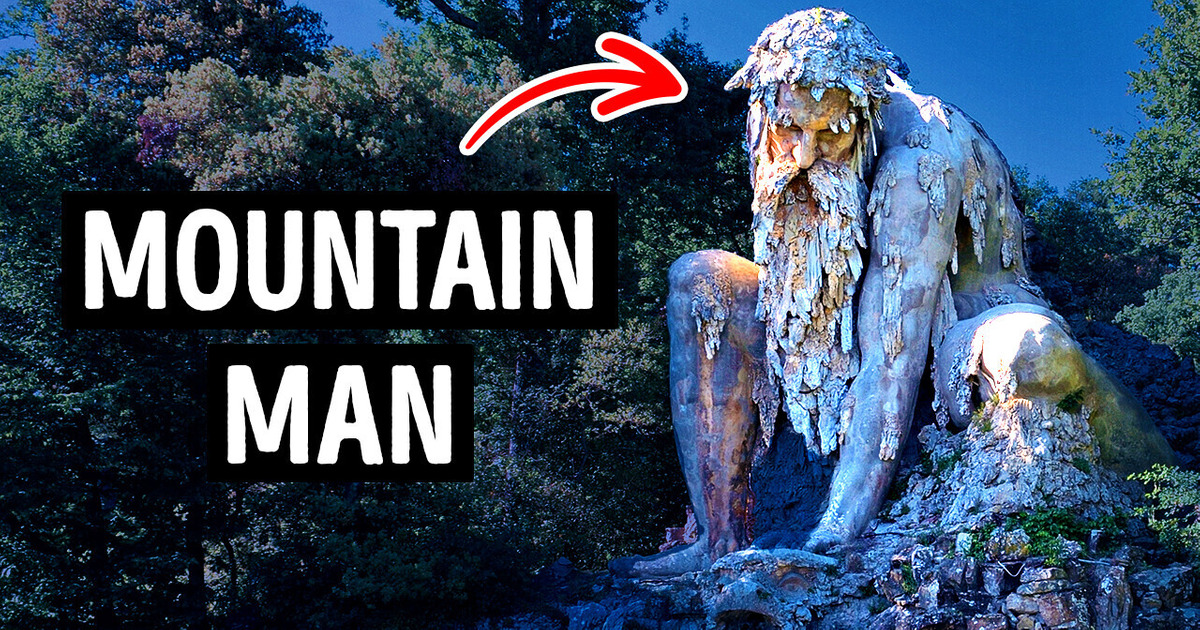
Hidden in an Italian mountain range lies the Apennine Colossus. It might not have been on your travel list until now, but you’ll be sure to add it once you hear its story. It’s a massive statue located in Tuscany, Italy, that’s been turning heads for centuries. It stands at a staggering 36 feet tall, which is pretty impressive.
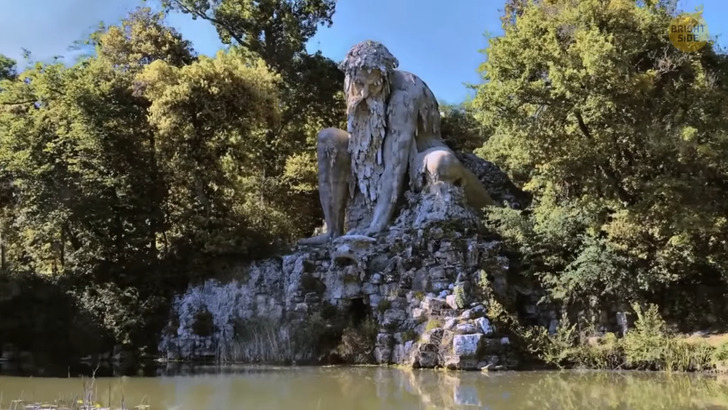
The Apennine Colossus was designed as a personification of the Apennine mountains and was created over 400 years ago by Francesco I de’ Medici. And get this, the statue draws inspiration from Roman mythology. If you’re lucky enough to visit the Villa Demidoff in Italy, you’ll feel the sense of mystery and beauty of the renaissance gardens, and you’ll see the nearby Apennine Colossus seemingly in pain. But don’t worry, the statue is doing just fine! It’s managed by the local authorities of Florence and is open to the public.
When you see the statue, you’ll notice that it’s depicted as an elderly man crouching down on the shore of the lake in a suggestive and realistic pose. It also seems to be squeezing the head of a sea monster, and water gushes out of the serpent’s mouth into the pond in front of the statue. The statue also doesn’t have any clothes on and has stalactites in its thick beard. Its long hair shows the fusion of a man and a mountain. To add to the realism, the statue was once able to sweat and weep with water pouring through a network of pipes running through its body. In the winter, it would sometimes get covered with icicles! If you’re planning a visit, the best idea is to take a bus from Florence.
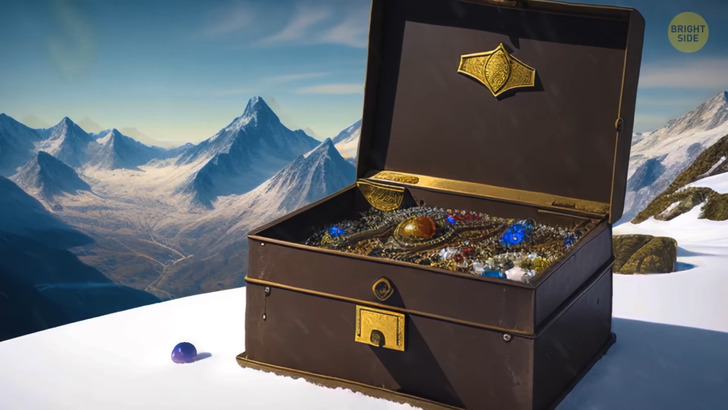
The Alps have some secrets of their own. This next story involves a French mountaineer that struck it rich on Mont Blanc!But it wasn’t your average gold nugget or diamond ring that he found. No, he stumbled upon a metal box packed to the brim with precious jewels worth about $250,000! Now, you might be wondering how in the world such a treasure ended up on the shoulder of Western Europe’s highest mountain. It turns out that these gems belonged to a passenger on one of the two Air India planes that crashed there — either in 1950 or 1966. Talk about a blast from the past!
Here’s where things get really interesting. Our mountaineer, who was simply trying to conquer the summit, came across this hidden stash poking out of the ice and snow. He could have easily pocketed the loot and gone on his merry way, but instead, he chose to do the right thing and turn it over to the local police. Authorities had to track down the original owner or their family, and it wasn’t an easy task. You see, these jewels had been hidden away for over 50 years, and it’s anyone’s guess who they truly belonged to.
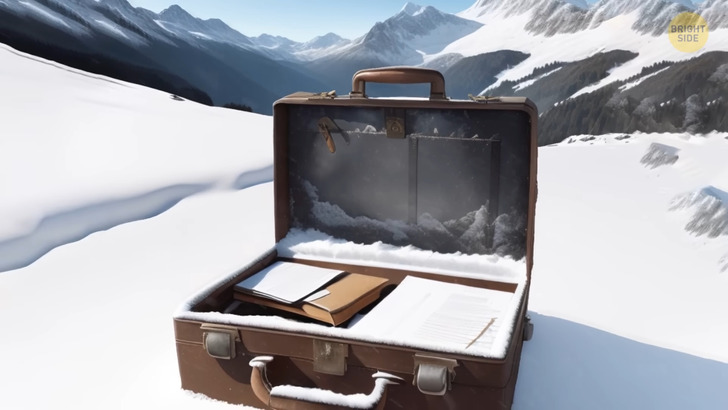
This isn’t the first time that the Alps have given up some of their secrets, though. One year prior, two climbers found a bag of diplomatic mail from the same plane that had carried the precious jewels. It’s amazing to think that all these years later, such artifacts are still popping up on the glacier. Of course, there is a downside to these types of events. Some worry that inexperienced climbers might try to reach the area in search of their own treasures. But let’s be honest, folks — climbing areas like Mont Blanc is no walk in the park. It takes skill, experience, and endurance to conquer such a daunting peak.
Pack your bags for our next destination: Greece! Have you heard of Davelis Cave? It’s located in the Penteli mountain just a short distance north-east of Athens, and it’s a total hotspot for spooky experiences. Visitors have reported water dripping upward, weird voices, electronics going out of control, glowing orbs, and more. One brave soul recounted venturing into the cave with his infrared camera. He captured what sounded like a choir of voices chanting in ancient Greek and even recorded unexplainable apparitions near the cave’s center!
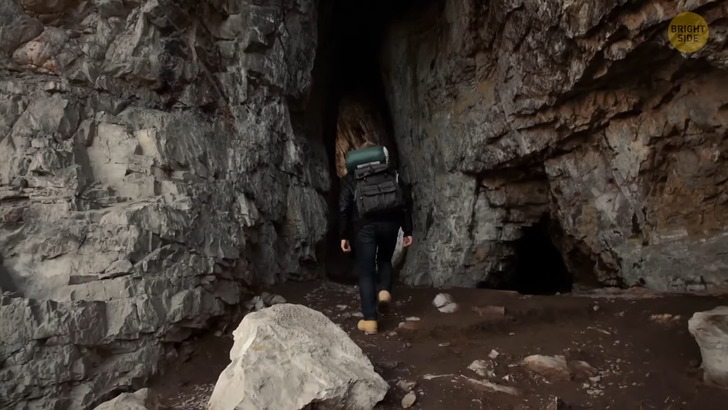
Feeling adventurous? Why not take a trip to Davelis Cave? After driving through a maze of slopes, you’ll have to leave your vehicle at the beginning of a dirt road. After walking up the unmarked trail, you’ll then enjoy the panoramic views of Athens stretching out to the nearby gulf. Finally, after about 25 minutes, you’ll see a crescent-shaped opening in the rock leading to the cave. Some people that have experienced walking toward the cave remembered feeling an intense pull. Once in the cavern itself, they realized they couldn’t go much further as the tunnels leading from the cave had been blocked up. It shouldn’t stop you from imagining all the spooky creatures that might be lurking in the shadows. Ooh!
Hidden in the Carpathian Mountain range in Romania is the Bucegi Sphinx, a fascinating rock formation that looks a lot like its Egyptian counterpart! It’s made from a huge block of stone that’s been eroded by the wind over a really long time. Now, here’s where things get pretty cool. The Bucegi Sphinx may only look like the Egyptian Sphinx from a certain angle, but that hasn’t stopped people from coming up with all kinds of legends and myths about it. Some say that the Egyptian Sphinx was actually built based on the Bucegi Sphinx and that there’s a time tunnel or energy corridor connecting the two! Others believe that life forms from outside our planet must have built the Sphinx and even established their base on the plateau in the Bucegi Mountains.
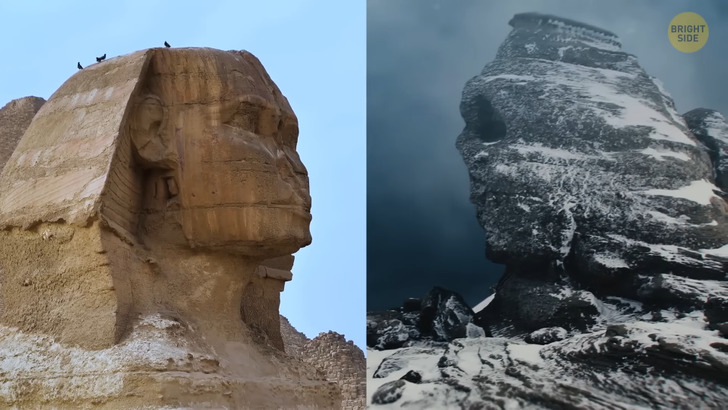
There’s also a legend that claims the Bucegi Sphinx has healing powers. On November 28th, at sunset, the sun’s rays supposedly form an energy pyramid around the Sphinx’s face, which has a healing effect on those who gather nearby. People come from all over the world to experience this phenomenon and receive “good vibrations” from the “Energy Pyramid.” Some even claim to have been healed by it! Others have claimed to hear the Beach Boys. You know, good Vibrations? Never mind.
Back when we had little knowledge of geology, people used to make up all sorts of stories of how mountains came to be. Mount Fuji makes no exception and has a fascinating myth behind it that’s been told for generations in Asia. Once upon a time, there was a struggling farmer. The poor guy couldn’t grow anything on his barren land, and his family was suffering. One fateful night, he was jolted awake by an earth-shattering sound. He thought it was the end of the world and woke his family to flee their hut. To their surprise, they witnessed the birth of a massive mountain, the mighty Mount Fuji! It was a miracle! The eruption created fertile soil, and the farmer, along with his family, could finally thrive. He even gave the mountain a cool name which translates to “never fading mountain.”
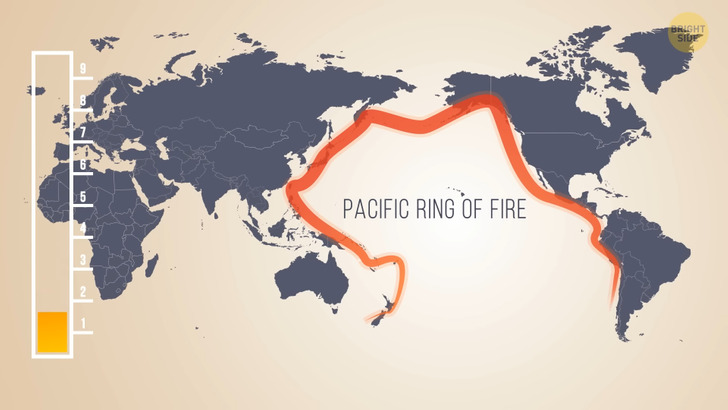
Japan is located in one of the most “lively” places on Earth. Yep, it’s along the western edge of the Ring of Fire — a big, horseshoe-shaped “club” that circles around the Pacific Ocean, the eastern side of Asia, and the western coast of the Americas. It’s a pretty popular spot for all sorts of geological activity — you know, like volcanic eruptions and earthquakes. This may sound like a surprise, but Mount Fuji is actually a volcano. It has a pretty impressive resume, having erupted more than 15 times since the year 781. The last time it did, it was preceded by a massive earthquake — of over 8 points on the Richter scale.
That last eruption of Mount Fuji happened in 1707. It was so powerful that a nearby village was supposedly lost in the volcanic disaster. For centuries, nobody could confirm if the village ever existed. As time went by, new towns were built on top of the place where the remains of the settlement supposedly were. But in recent years, researchers dug deep and found some volcanic ash and charred remains of buildings, proving that the village and its destruction were, in fact, real. Now, the mountain is considered dormant, having had its last signs of volcanic activity in the 1960s. Well, that’s a relief.











